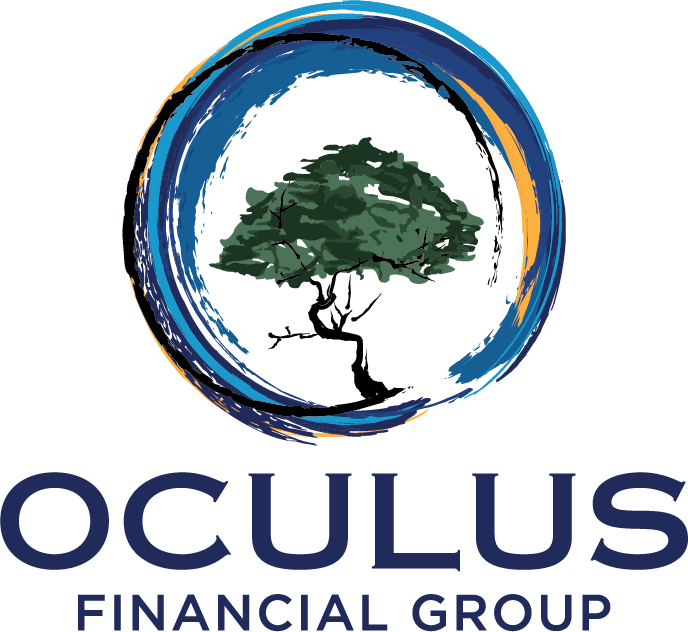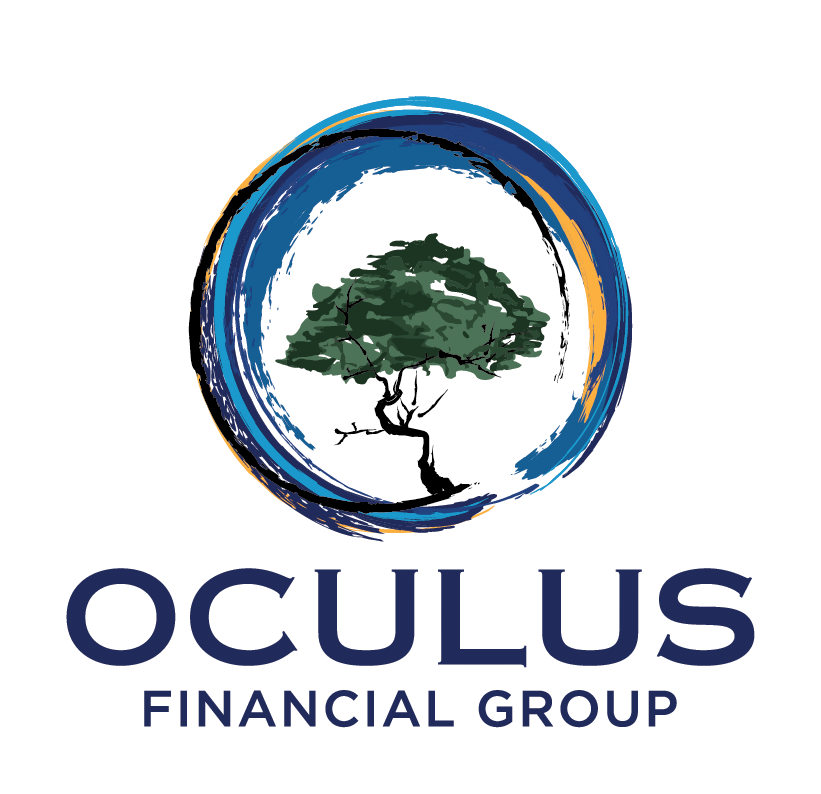Enhancing Retirement Plans While Staying Compliant
Addressing the dual challenges of compliance and active employee participation in retirement plans can be daunting for HR professionals and employers managing these plans. Auto-enrollment and auto-escalation strategies present robust solutions that not only improve employee savings outcomes but also help meet emerging legislative requirements. Auto-Enrollment: Elevating Participation Effortlessly
Auto-enrollment automatically signs up eligible employees into retirement plans, usually at a contribution rate of 3–6%. This mechanism effectively addresses human tendencies towards procrastination, boosting the rate of participation significantly. By reducing the steps required for employees to join the plan, it ensures employees do not miss out on essential employer-matching contributions. Importantly, employees maintain the flexibility to opt out or alter their contribution levels according to their personal financial situations. Seamless Growth with Auto-Escalation
Paired with auto-enrollment, auto-escalation annually increases employee contributions by about 1%, typically capping between 10% to 15%. This approach aligns contributions with expected income growth, removing the cumbersome task of employees having to manually update their savings rates. It effectively supports long-term savings goals without requiring ongoing active management from employees, making it a win-win feature alongside auto-enrollment. Navigating Compliance with Ease
Employers should be aware of the forthcoming 2025 mandate, applicable to plans established on or after December 29, 2022, which sets initial contributions between 3% and 10%, increasing annually to between 10% and 15%. This requirement, exempting establishments under three years or with 10 or fewer employees, also carries potential tax credits of up to $5,000 per year for three years, offering financial incentives and reducing compliance-related risks. More Than Just Paperwork
Incorporating auto-enrollment and auto-escalation into your retirement plan is more than an administrative upgrade; it is a strategic enhancement. By removing barriers to saving and automating beneficial practices, employers not only support employee financial wellness but also effectively ease their compliance burdens. To maximize these benefits, employers should consult with their plan advisor or retirement provider to evaluate readiness for implementing these features and explore integration strategies.

